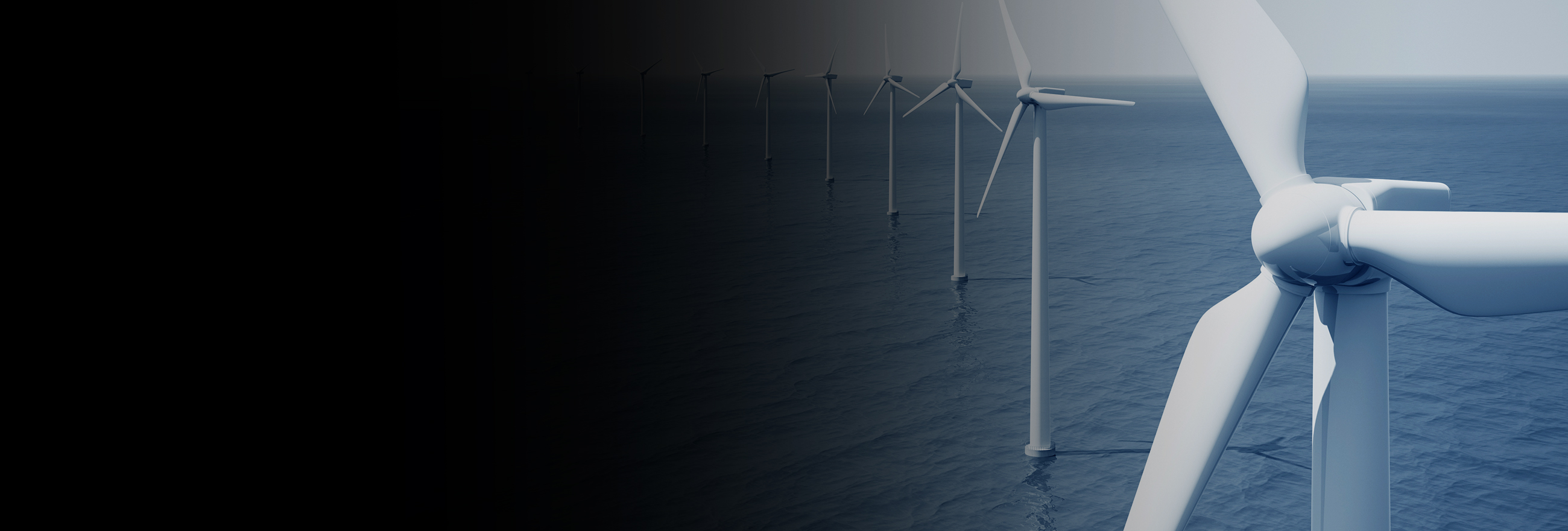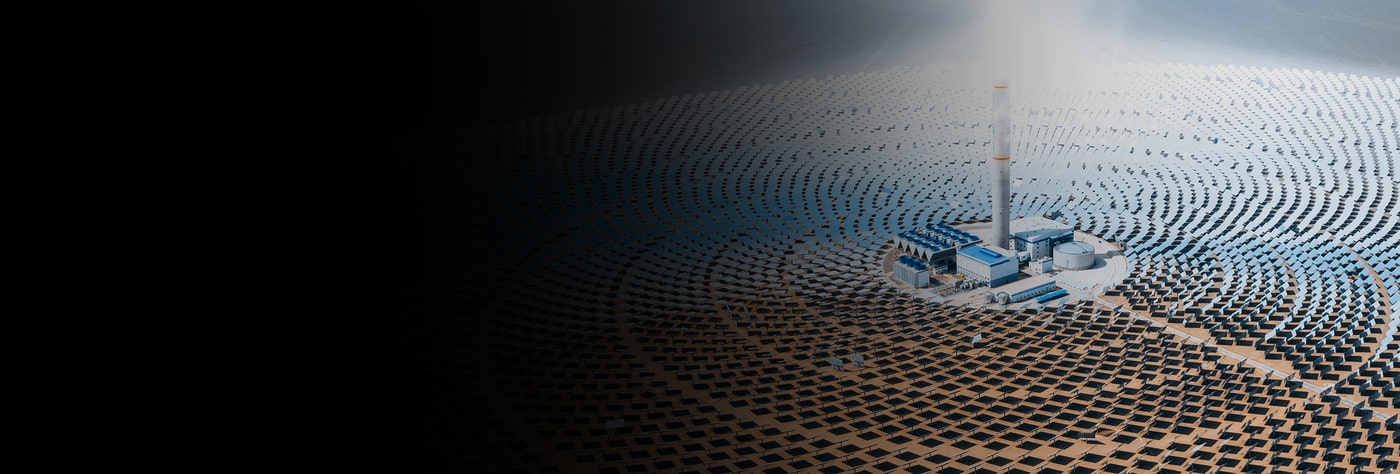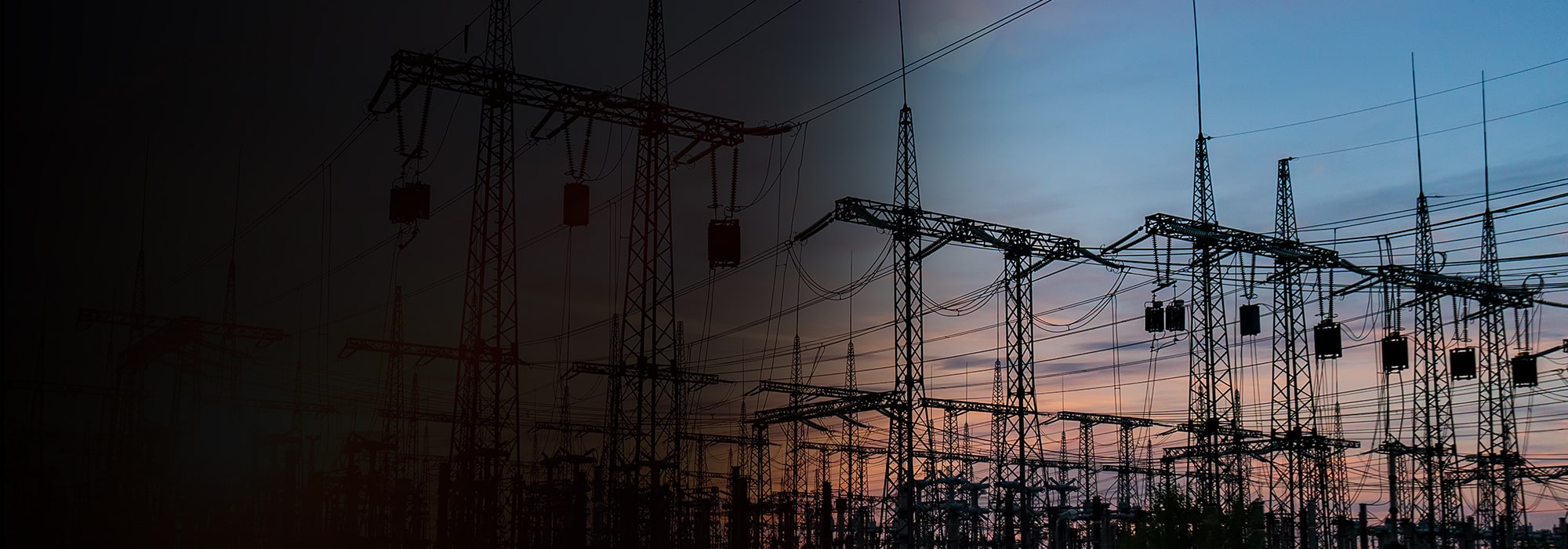Energy security and affordability have become a major issue for many countries. Rising inflation, increasingly frequent and significant climate events, and an uncertain geopolitical and economic outlook provide a challenging backdrop for governments committed to net zero targets and keen to accelerate the development of low-carbon energy.
We highlight some trends which focus on some of the innovations and legal developments that we are seeing in a number of sectors to meet these challenges.
Russell Wells, co-head of our Energy Transition initiative, says…
“Reducing energy-related carbon emissions is critical to limit damaging climate change. 2023 will see innovation and growth in a number of areas but the competing challenges of energy security and affordability together with global supply chain issues are creating headwinds. Seeking out the right opportunities while navigating legal and regulatory hurdles is critical for investors.”
Tony Giustini, global lead of our Clean Hydrogen taskforce, says…
“Trade is the key hydrogen trend for 2023, with the focus on where hydrogen is made and how it is subsidised. Legislators and regulators are constructing new frameworks to incentivise investment and producers and investors will need to focus on what this means for their businesses.”
 Clifford Chance
Clifford Chance










